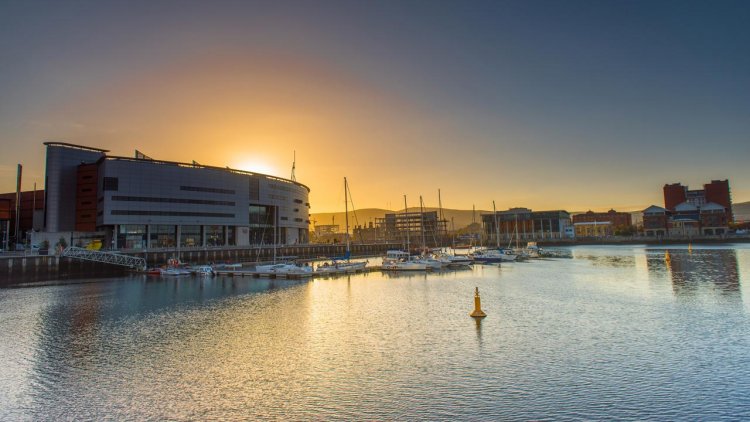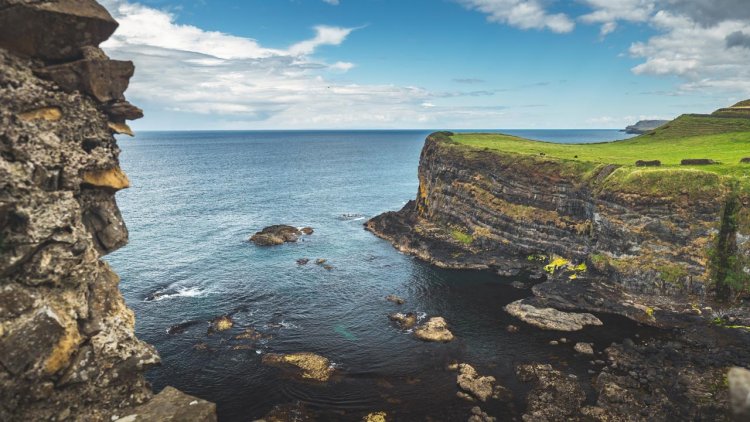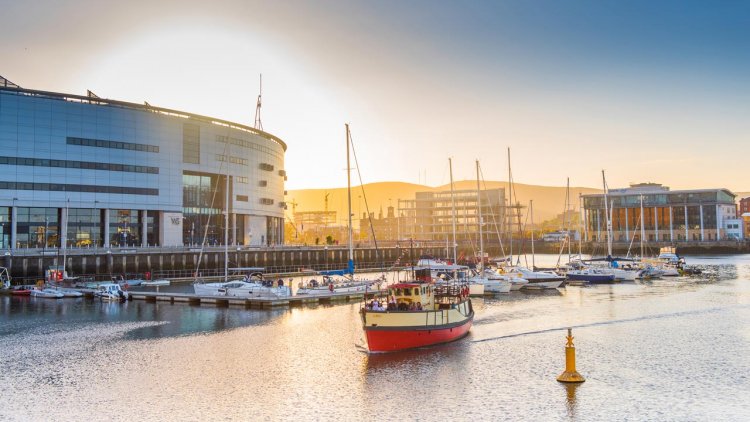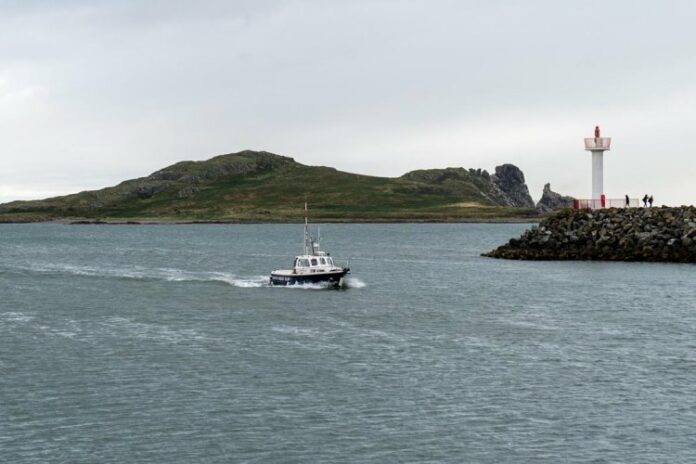An ambitious new project, officially announced today, will demonstrate unique vertical axis tidal turbines in Strangford narrows, Northern Ireland. By pairing battery storage technology with efficient hydrokinetic turbines, the project aims to unlock a largely untapped renewable energy resource and subsequent huge market opportunity where just 1% market share is valued at €3.84 billion.
The project consortium being led by Queen’s University Belfast, brings together 3 key industry partners; GKinetic Energy who have developed the hydrokinetic turbines, Grant’s Electrical Services (GES) who will lead the development of a battery solution and The Electric Storage Company (TESC), experts in maximising the value of final power delivery and sale of electricity to end users.
The project valued at a total of £490,143 has been supported by the Centre for Advanced Sustainable Energy. CASE is funded through Invest NI’s Competence Centre Programme and aims to transform the sustainable energy sector through business research.
Sam McCloskey, CASE Director:
“CASE is delighted to support this tidal energy project and the associated G-Kinetic device testing, led by Queen’s University Belfast in Strangford Lough,Northern Ireland. VATTS involves the integration of the tidal energy device with energy storage technology from GES and increased flexibility of power delivery from the Electric Storage Company. Innovation in renewable energy system integration is vital for the long-term decarbonisation of energy. CASE continues to support projects such as this in marine renewables, along with others in energy systems and bio-energy. To date we have funded c.£2m of marine renewable energy research, in support of the Northern Ireland economy.”
‘VATTS’ kicked off on 1st March 2021 and runs for 24 months. Two 10kW HydroKinetic turbines will be deployed in Strangford Lough with the aim of bringing this technology to market and develop the Northern Ireland supply chain in tidal technology.

Dr Vicky Kell, Invest NI’s Director of Innovation, Research & Development said:
“VATTS is a great example of a collaborative project within Invest NI’s Competence Centre Programme which we developed with the aim of supporting businesses to accelerate new innovations which can drive business growth. In an era where renewable energy is centre stage, VATTS will foster strong collaborations between Northern Ireland companies to enable the development of commercial products around tidal energy harvesting, battery storage and much more. It will also showcase internationally the marine tidal energy research capabilities within Queen’s University Belfast and Strangford Lough as a key research and demonstration site.”
Dr Carwyn Frost, Lecturer in Marine Research Group at Queen’s University Belfast:
“The CASE funded VATTS project will harvest the kinetic energy available at the Strangford Lough Tidal Test Site to produce baseload electrical energy at community scale. Commercial success in this sector requires further research and enhanced resource assessment standards are required for floating tidal energy technologies. VATTS will achieve this by developing on the latest standards to validate the Annual Energy Predictions (AEP) for floating tidal energy technology with the actual energy production from the commercial demonstration.
This project shows a collaborative commitment to the blue economy and net-zero agenda on the island of Ireland. Commercial led research is a core part of the Marine Research Group at Queen’s, and the Strangford Lough Tidal Test Site is an ideal incubator and proving ground for floating tidal energy technology.”
The project will explore ways to tie together the latest energy storage technologies and end user demand profiles, developing a framework for specifying an integrated system to provide an affordable, zero carbon alternative for baseload electricity directly to end users.

A hydrokinetic turbine with integrated energy storage could harvest energy at a site and return to a port or connection point to deliver to the network in an adaptable manner, e.g. deliver to a variety of remote users such as the marine aquaculture sector or offshore charging stations.
Roisin Mc Cormack, COO & Co-Founder at GKinetic Energy had the following to say:
“Our 10kW offering can be deployed and operational within a day, being simply towed out and moored in place just like a boat. We offer a fast, flexible, low impact floating solution that enables people to generate clean, predictable energy from their nearby rivers, canals, estuaries or tidal streams. However, a key market blocker for us is the delivery of the power to end users in a similar fast and flexible way. Traditional subsea cables are not always feasible and, depending on the deployment site, can be expensive. The VATTS project is a really exciting opportunity for us to look at using leading energy storage technologies as an alternative for power delivery and this could accelerate market rollout of tidal energy solutions.”
A battery option for power transmission will offer a unique, mobile, low-cost solution that opens up excellent commercial opportunities and accelerates market uptake for tidal technology within Northern Ireland, Ireland and further afield. It is anticipated that by removing the need for a cable shore connection the costs, complexity and environmental concerns are all immediately reduced. GES will lead the power transmission tasks and specification of the battery solution.
Deployment of the two turbines is scheduled for later this year.




